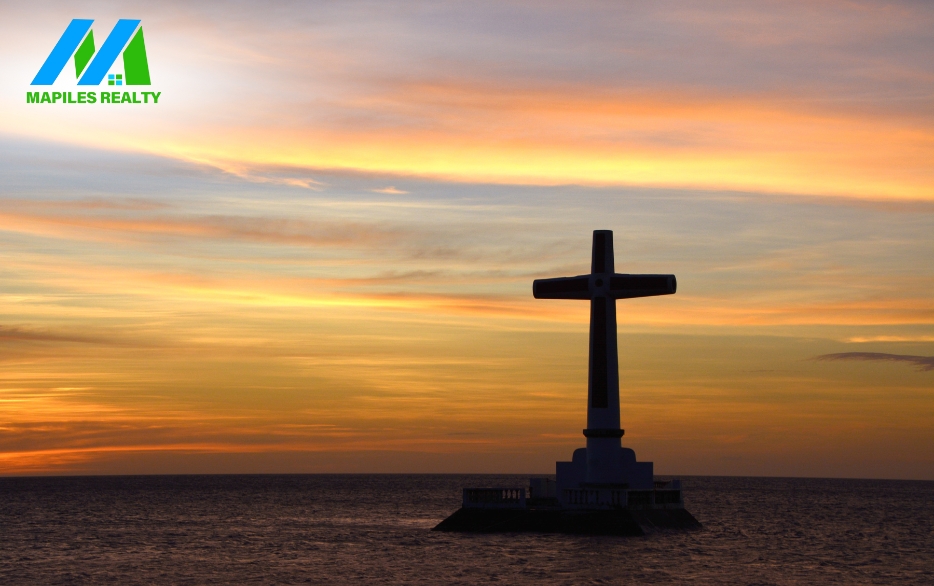Island Paradise
Economic Strengths
- Tourism (beaches, waterfalls, diving)
- Agriculture (coconuts, rice, fruits)
- Fishing
- Small-scale industries (crafts, food processing)
Demographic Advantages
- Small, tight-knit community
- Growing workforce
- Strategic location (Northern Mindanao)
Key Attractions
- Mambajao (capital)
- White Island
- Camiguin Island
- Katibawasan Falls
- Sunken Cemetery
Opportunities
- Eco-tourism development
- Agricultural modernization
- Fishing industry expansion
- Infrastructure upgrades
- Cultural preservation
Challenges
- Remote island location
- Limited infrastructure
- Environmental conservation
- Disaster resilience
Why Invest in Camiguin?
Camiguin offers:
- Unique natural beauty
- Rich cultural heritage
- Strategic location
- Government support
- Growing tourism potential
| Name | City/ Municipality | Population (2020) | Population (2015) | Annual Population Growth Rate (2015‑2020) | Area ( km2) | Density (2020), per km2 | Brgy count |
|---|---|---|---|---|---|---|---|
| Catarman | municipality | 17,569 | 16,798 | 0.95% | 53.75 | 327 | 14 |
| Guinsiliban | municipality | 6,685 | 6,281 | 1.32% | 18.52 | 361 | 7 |
| Mahinog | municipality | 14,634 | 14,038 | 0.88% | 36.04 | 406 | 13 |
| Mambajao | municipality, capital | 41,094 | 38,735 | 1.25% | 89.00 | 462 | 15 |
| Sagay | municipality | 12,826 | 12,626 | 0.33% | 44.13 | 291 | 9 |
| Camiguin Total | 92,808 | 88,478 | 1.01% | 241.44 | 384 | 58 | |
Economy
| Fiscal Year | Annual Regular Income | Change |
|---|---|---|
| 2009 | 242,717,644.50 | – |
| 2010 | 261,961,313.21 | 7.93% |
| 2011 | 289,831,398.81 | 10.64% |
| 2012 | 275,163,429.72 | -5.06% |
| 2013 | 300,116,631.40 | 9.07% |
| 2014 | 339,205,322.47 | 13.02% |
| 2015 | 384,616,841.03 | 13.39% |
| 2016 | 416,732,701.36 | 8.35% |
| End notes:Annual Regular Income = Locally Sourced Revenue + Internal Revenue Allotment (IRA) Current Year + Other Shares from National Tax CollectionLocally Sourced Revenue = Real Property Tax (General Fund) + Tax on Business + Other Taxes + Regulatory Fees + Service/User Charges + Receipts from Economic Enterprises | ||
Tourism
Camiguin, often dubbed the “Island Born of Fire,” is a tranquil escape for nature enthusiasts and seekers of serenity. Its volcanic wonders, pristine waters, and vibrant festivals are unique attractions for travelers.
Visitors to Camiguin can explore its natural wonders, including hot springs and waterfalls, savor local delicacies, and immerse themselves in island culture. The province’s serene beauty is an inviting escape for those seeking tranquility amidst nature’s embrace.





